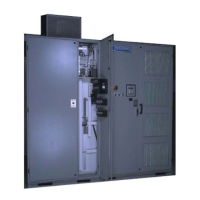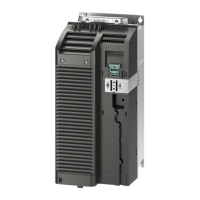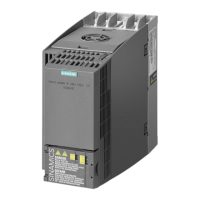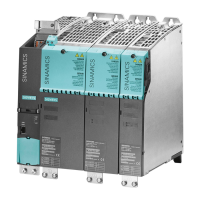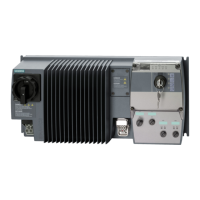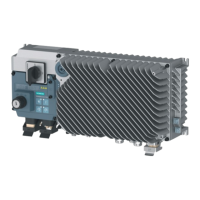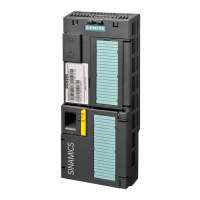4. Check that the blowers are working properly.
5. Check ambient temperature. Verify that all cabinet doors are shut to ensure proper air ow.
6. Check for faulty RTD on cell or a faulty CCB.
11.12.4 Troubleshooting Overvoltage Faults
This fault is usually caused by an improperly set-up or tuned drive. Use the following steps to
troubleshoot this type of fault.
Course of action
1. Verify that the motor and drive nameplate settings match parameters in the motor parameter
menu (1000) and drive parameter menu (2000).
2. Reduce the regen torque limit parameters (1200, 1220, 1240) in the limits menu (1120). For
water-cooled 6SR325 (2 quadrant) drives and HV drives, set regen torque limit parameters to
0.15 %.
3. Reduce ux regulator proportional gain (3110) and ux regulator integral gain (3120)
parameters in the ux control menu (3100).
4. If the failure is occurring in bypass mode, increase the energy saver minimum ux (3170)
parameter in the ux control menu (3100) to at least 50%.
5. If the measured signals from the previous section seem to be correct, change the main
control board.
11.12.5 Troubleshooting Cell Communications and Link Faults
Faults of this variety can be the result of circuit failures on either the control or power cell CCB.
Course of action
1. Check ber optic links and replace them, if defective.
2. Check or replace the CCB.
3. Contact Siemens customer service.
Troubleshooting Faults and Alarms
11.12 Cell Faults and Alarms
NXGPro+ Control Manual
484 Operating Manual, A5E50491925A
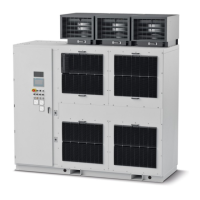
